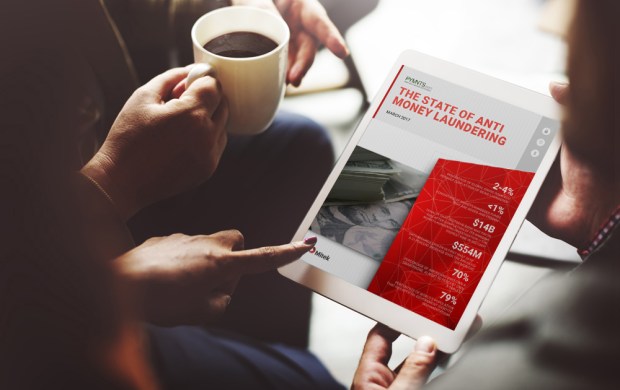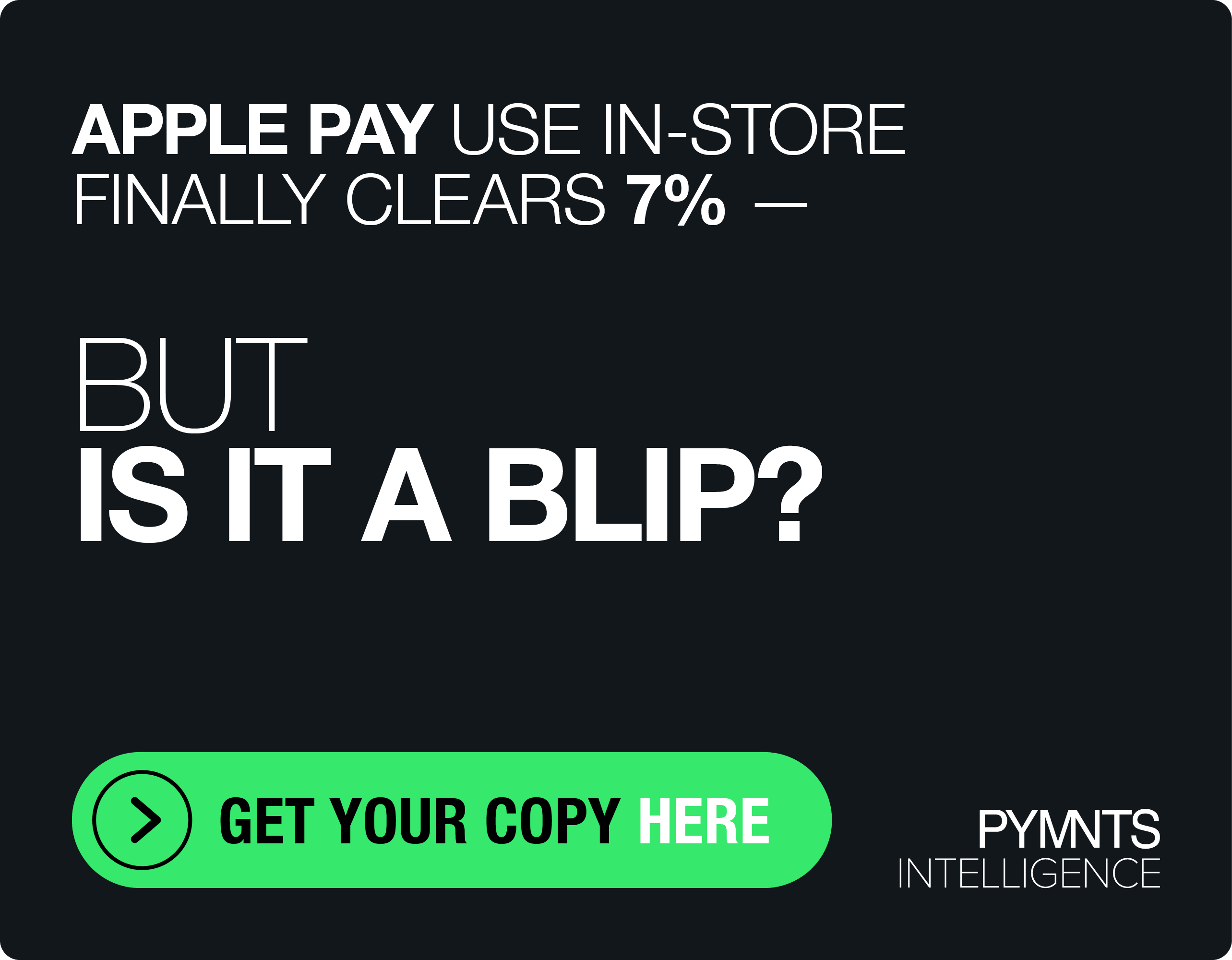REPORT: The State Of Anti Money Laundering

From the age of gold coinage to today’s technologically advanced banking system, money laundering has continually evolved to survive – and thrive – in changing times.
Since 9/11 however, laundering money has become much more difficult. The U.S. government has made each iteration of anti-money laundering (AML) legislation more complex: Standards are higher, and penalties for failure to comply are harsher. Between 2009 and 2015 alone, the U.S. government fined banks a total of $5.2 billion.
Even today, many of the details remain vague. From complying with Know Your Customer (KYC) regulations to building the technological ball bearings to keep up with the demanding AML rules, many banks today struggle as they try to effectively comply with AML rules.
So what’s an FI to do?
Rapidly evolving mobile technology poses exciting possibilities. Biometric authentication and geolocation data are just some of the many mobile-powered offerings that hold potential.
But is that enough? Certainly not as a standalone tool. Combine mobile-powered offerings with government-issued identities, and FIs have equipped themselves with a powerful weapon to assess customer risk, verify identity and, in turn, fight money laundering.
The State Of Anti-Money Laundering report, a PYMNTS.com and Mitek collaboration, digs into the potential of combining mobile and ID verification as a solution for seamless compliance of AML rules.
Key Takeaways Include:
- 2 to 4 percent: Percentage of global gross domestic product (GDP) at risk of being laundered
- <1 percent: Percentage of money-laundered funds that are seized and frozen
- $14 billion: Penalty that Deutsche Bank may pay in fines after completion of its ongoing money-laundering investigation — the highest fine in history
To download the report, please fill out the form below:
